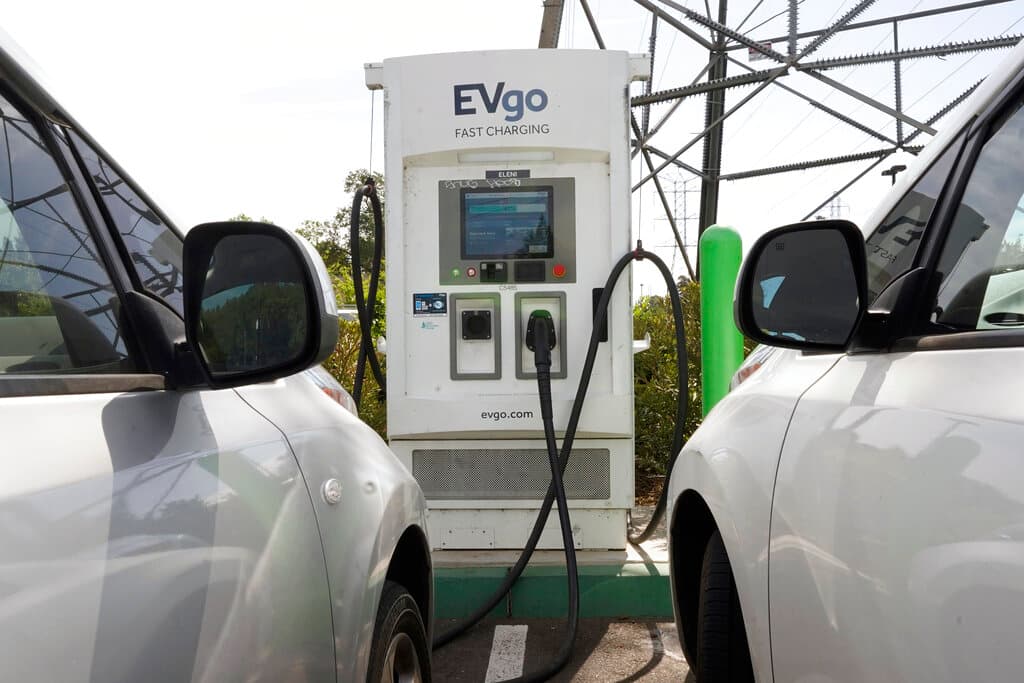Biden’s Electric Vehicle Dreams Are Running Up Against Electoral, Electrical, and Economic Realities
In the marketplace, it’s clear the demand for electric vehicles is much smaller than that predicted by environmental enthusiasts and imposed on carmakers by the Biden administration.

President Trump’s anodyne if overexcited comment that the American auto industry would face a “bloodbath” if he’s not elected and doesn’t impose 50 percent or 100 percent tariffs on cars produced predictable results.
Please check your email.
A verification code has been sent to
Didn't get a code? Click to resend.
To continue reading, please select:
Enter your email to read for FREE
Get 1 FREE article
Join the Sun for a PENNY A DAY
$0.01/day for 60 days
Cancel anytime
100% ad free experience
Unlimited article and commenting access
Full annual dues ($120) billed after 60 days

